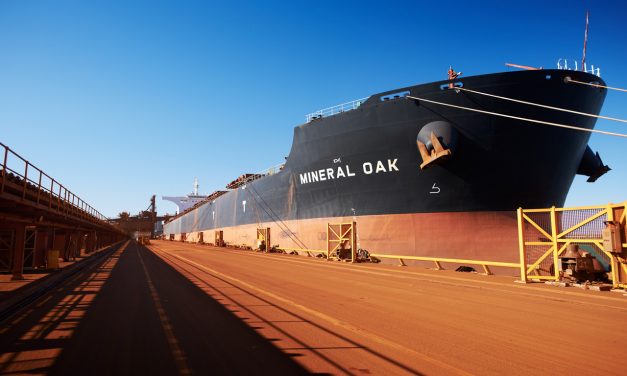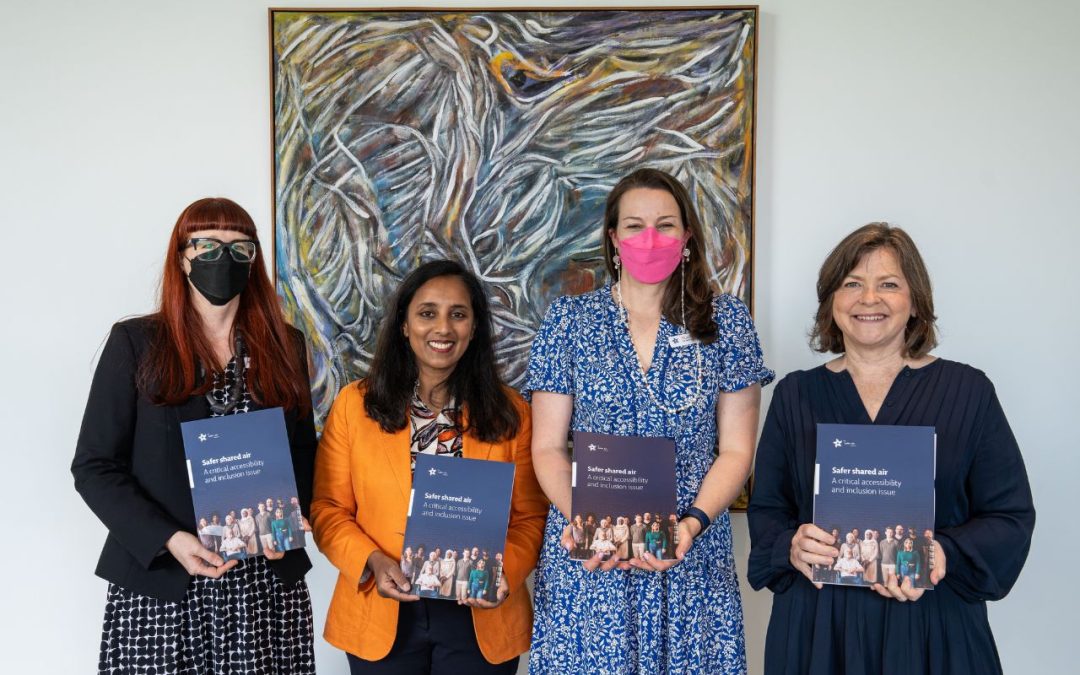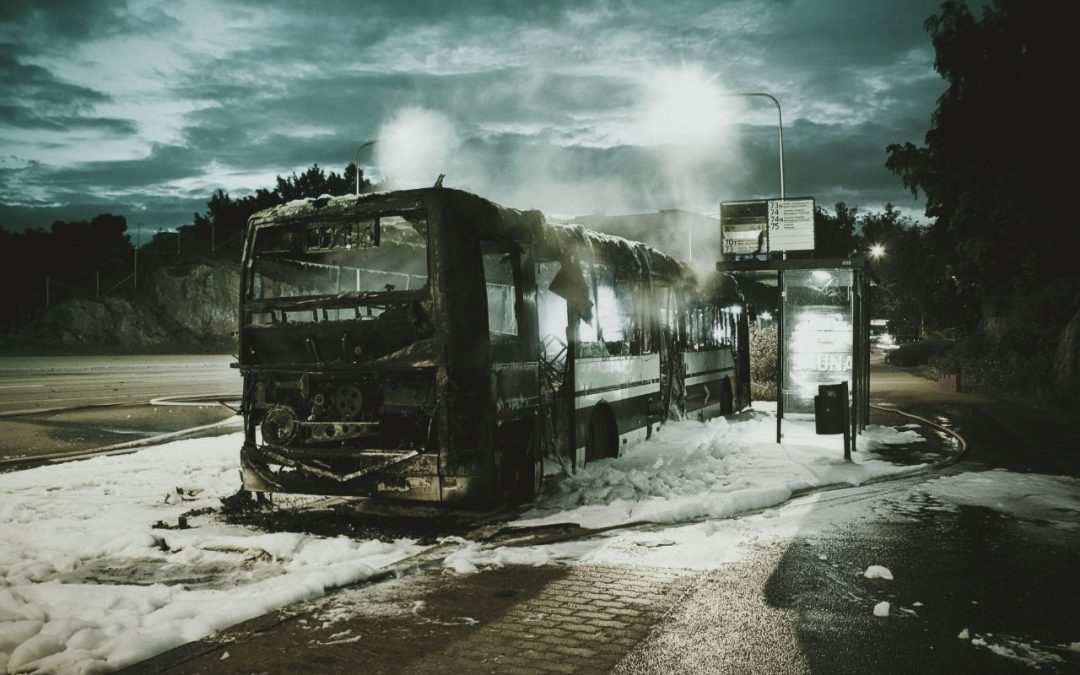Streamlining electrification in support of decarbonisation
Our industry has increasingly focused on the electrification of building utilities coupled with low-carbon electricity to support the global decarbonization effort. Examples include the University of California’s system-wide ban on the use of on-site fossil fuel combustion in new construction and major renovations, and the City of Seattle’s recently passed measure to prohibit the use of natural gas for space heating in new construction and major replacements of heating systems in commercial buildings, as well as for water heating in new hotels and
large apartment buildings. This column presents an approach to integrating the production of domestic hot water with an electric heat-recovery chiller plant as a streamlined solution.








